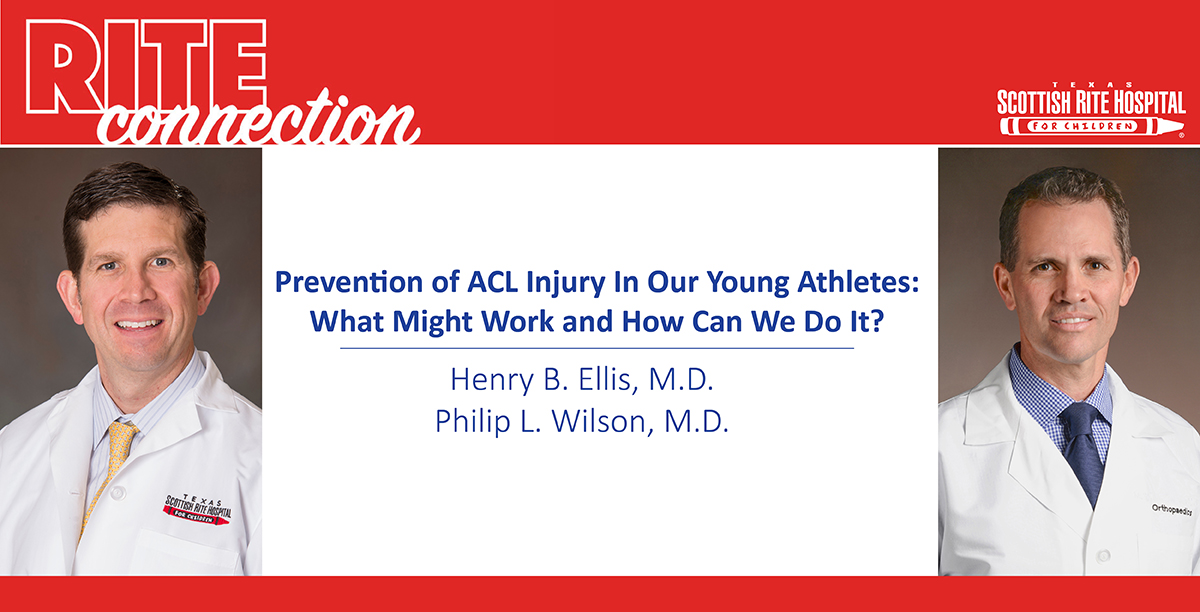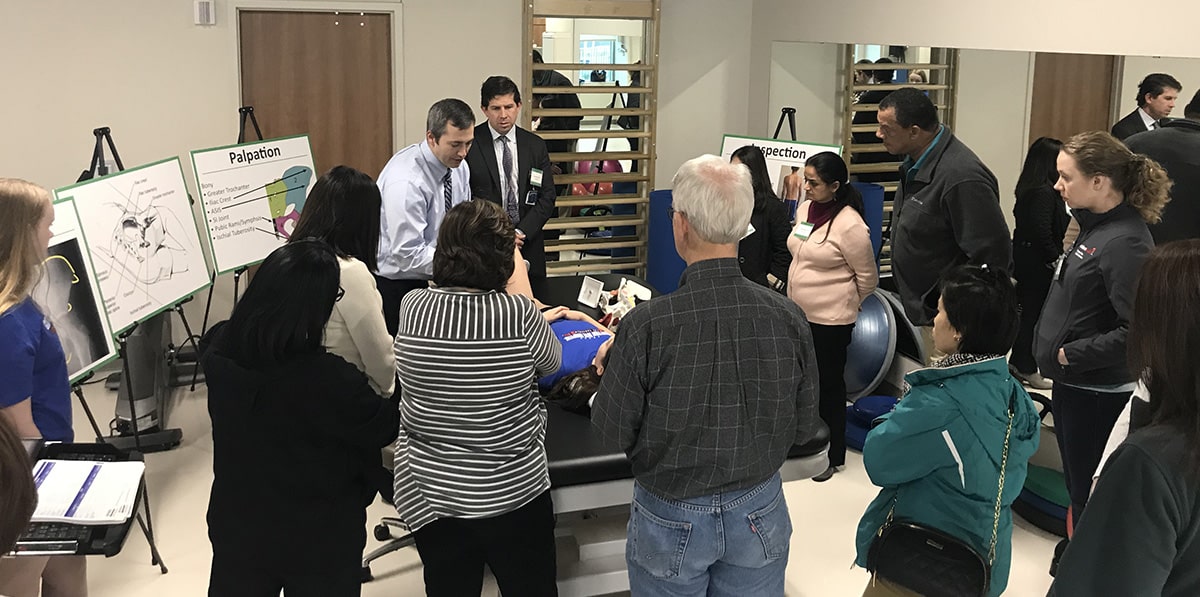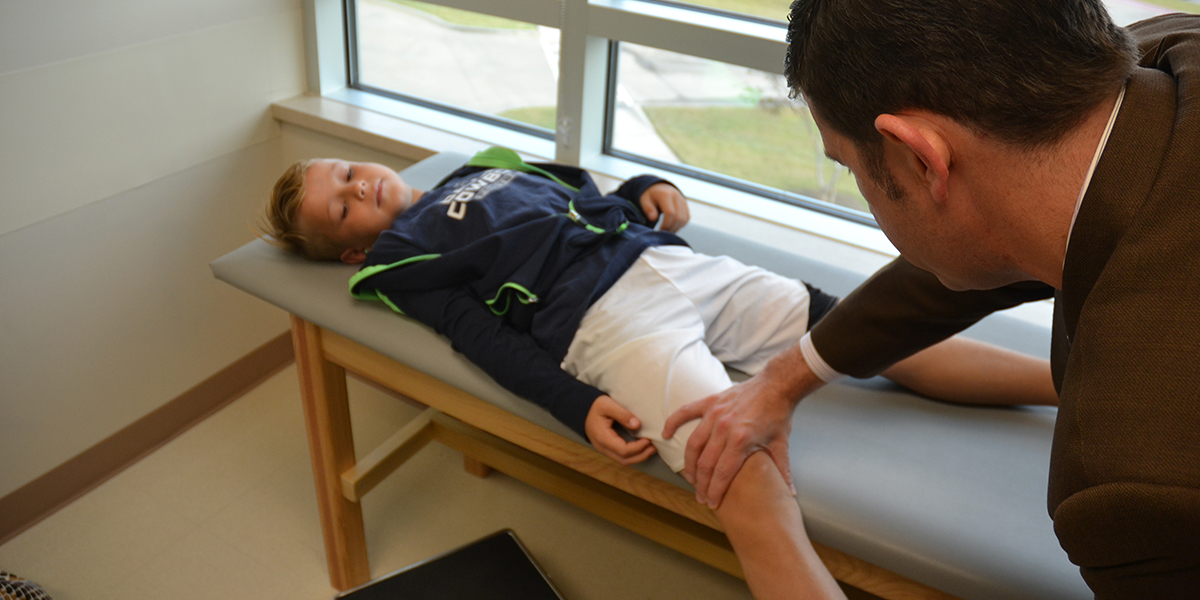Article originally published by pediatric orthopedic surgeon Henry B. Ellis, M.D., and Assistant Chief of Staff Philip L. Wilson, M.D., in second quarter, 2019 issue of the Pediatric Society of Greater Dallas newsletter. Key messages were also presented by Philip L....




